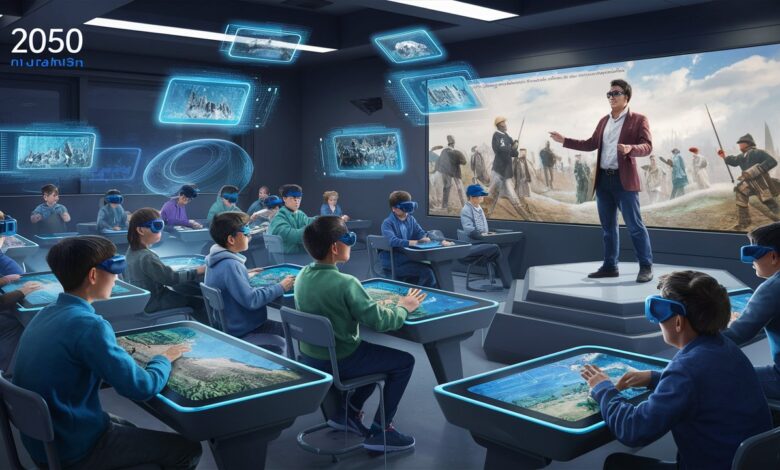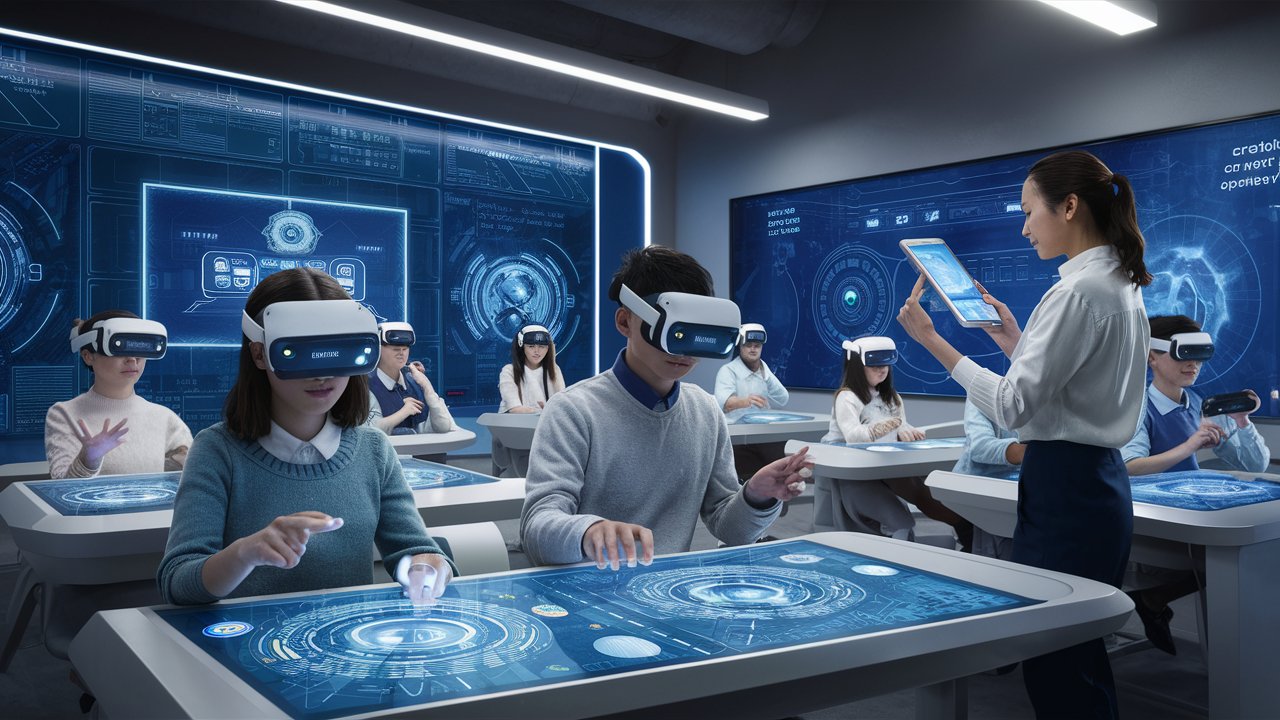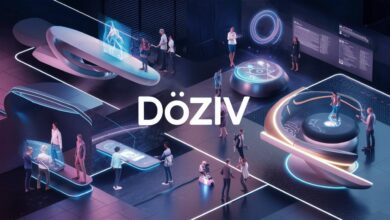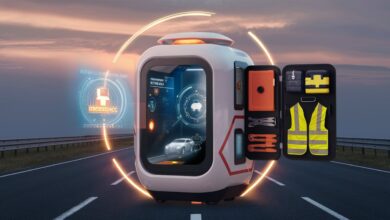Classroom 20x: Revolutionizing Modern Education with Technology

In today’s fast-paced digital world, education is undergoing a massive transformation. Classroom 20x represents the next evolution in learning, where traditional teaching methods merge seamlessly with cutting-edge technology to create an engaging, interactive, and highly effective educational experience. This concept goes beyond just digitizing textbooks—it integrates AI-powered tools, virtual collaboration, and personalized learning to prepare students for the challenges of the 21st century.
With the rise of e-learning platforms, smart classrooms, and hybrid education models, Classroom 20x is setting new standards for how knowledge is delivered and absorbed. Whether you’re an educator, student, or administrator, understanding this shift is crucial to staying ahead in the modern academic landscape. In this article, we’ll explore what Classroom 20x is, its key benefits, the technologies driving it, and how it’s shaping the future of education.
What is Classroom 20x?
Classroom 20x is an advanced educational framework that leverages technology to enhance teaching and learning experiences. Unlike traditional classrooms, which rely heavily on physical textbooks and one-way lectures, Classroom 20x incorporates digital tools such as AI tutors, virtual reality (VR), gamification, and cloud-based collaboration platforms.
The term “20x” signifies exponential improvement—meaning this model doesn’t just slightly enhance learning but multiplies its efficiency, accessibility, and engagement. By integrating real-time feedback systems, adaptive learning algorithms, and global connectivity, Classroom 20x ensures that education is more dynamic, inclusive, and tailored to individual student needs.

Key Technologies Powering Classroom 20x
Several groundbreaking technologies are driving the Classroom 20x revolution:
1. Artificial Intelligence (AI) & Machine Learning
AI-powered platforms analyze student performance in real-time, offering personalized learning paths. Intelligent tutoring systems can identify knowledge gaps and provide instant feedback, making education more efficient.
2. Virtual and Augmented Reality (VR/AR)
Immersive technologies like VR and AR bring abstract concepts to life. Students can take virtual field trips, conduct lab experiments in a simulated environment, or explore historical events in 3D, making learning more interactive and memorable.
3. Cloud-Based Learning Management Systems (LMS)
Platforms like Google Classroom, Moodle, and Blackboard enable seamless collaboration between students and teachers. Assignments, quizzes, and discussions happen in real-time, breaking geographical barriers.
4. Gamification & Interactive Learning
By incorporating game-like elements—such as leaderboards, badges, and challenges—Classroom 20x increases student motivation and participation.
5. IoT & Smart Classroom Devices
Smartboards, IoT-enabled attendance systems, and voice assistants streamline administrative tasks, allowing teachers to focus more on instruction.
Benefits of Classroom 20x
The shift to Classroom 20x offers numerous advantages:
-
Personalized Learning: AI adapts to each student’s pace, ensuring no one is left behind.
-
Global Collaboration: Students can work on projects with peers from around the world.
-
Enhanced Engagement: Interactive content keeps learners motivated.
-
Data-Driven Insights: Teachers get analytics to improve their teaching strategies.
-
Accessibility & Inclusivity: Remote learning options make education available to all.
Challenges and Future of Classroom 20x
Despite its benefits, implementing Classroom 20x comes with challenges such as digital divide issues, cybersecurity risks, and the need for teacher training. However, as technology advances, these hurdles will likely diminish, paving the way for a fully integrated smart education system.
Conclusion
Classroom 20x is not just a trend—it’s the future of education. By blending innovative technologies with traditional teaching, it creates a more engaging, efficient, and inclusive learning environment. Schools and institutions that embrace this model will lead the way in preparing students for a tech-driven world.
As we move forward, the key will be balancing technological advancements with human-centric teaching to ensure that education remains meaningful and impactful.
FAQ: Classroom 20x
1. What does “20x” mean in Classroom 20x?
The term “20x” symbolizes exponential improvement in learning efficiency, engagement, and accessibility through technology.
2. How does AI enhance Classroom 20x?
AI provides personalized learning experiences, automates grading, and offers real-time feedback to students.
3. Is Classroom 20x only for online learning?
No, it combines both physical and digital learning, supporting hybrid education models.
4. What are the biggest challenges of Classroom 20x?
Key challenges include the digital divide, cybersecurity concerns, and the need for teacher training in new technologies.
5. How can schools adopt Classroom 20x?
Schools can start by integrating LMS platforms, training educators in EdTech tools, and gradually introducing AI and VR-based learning modules.


